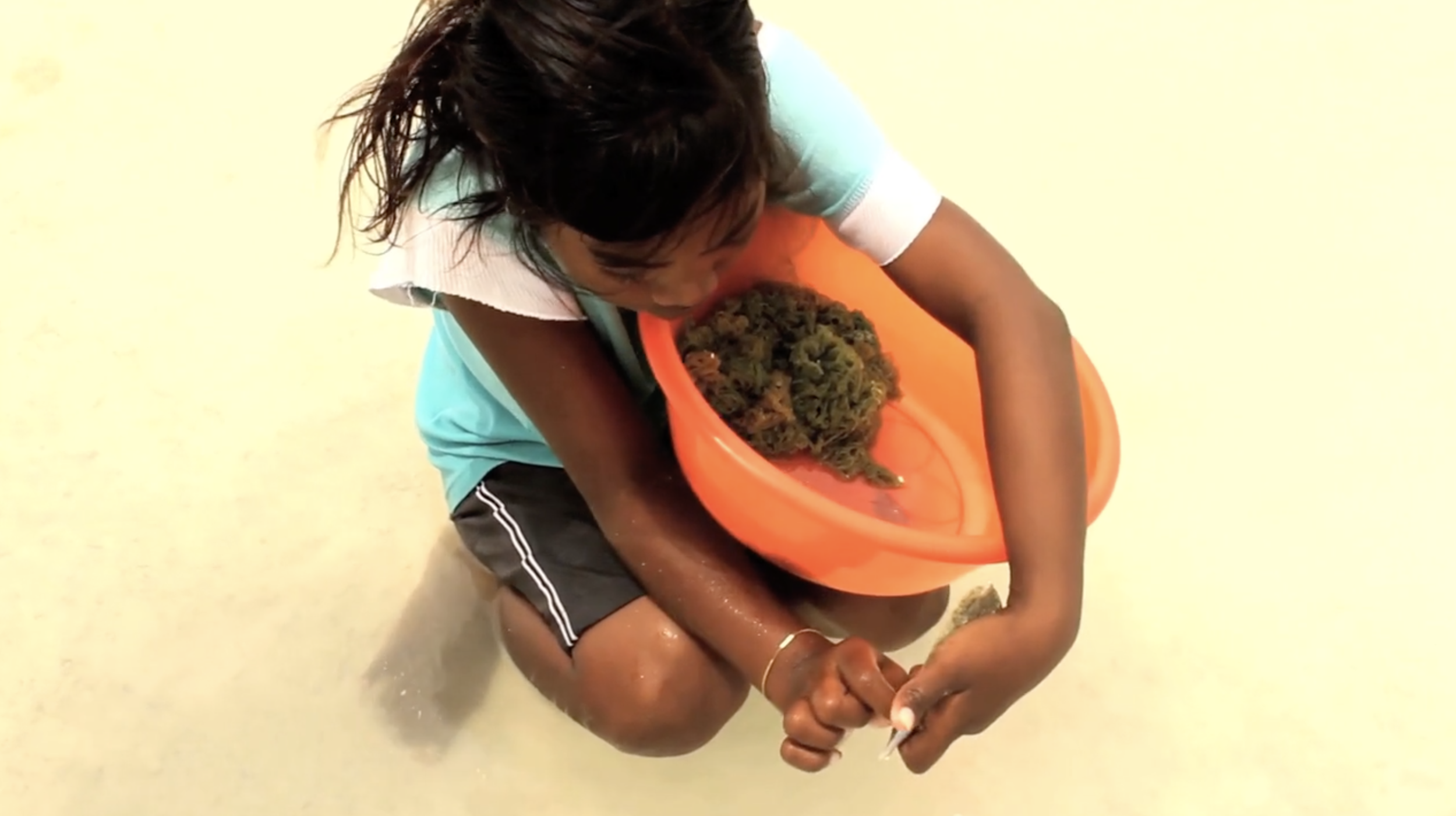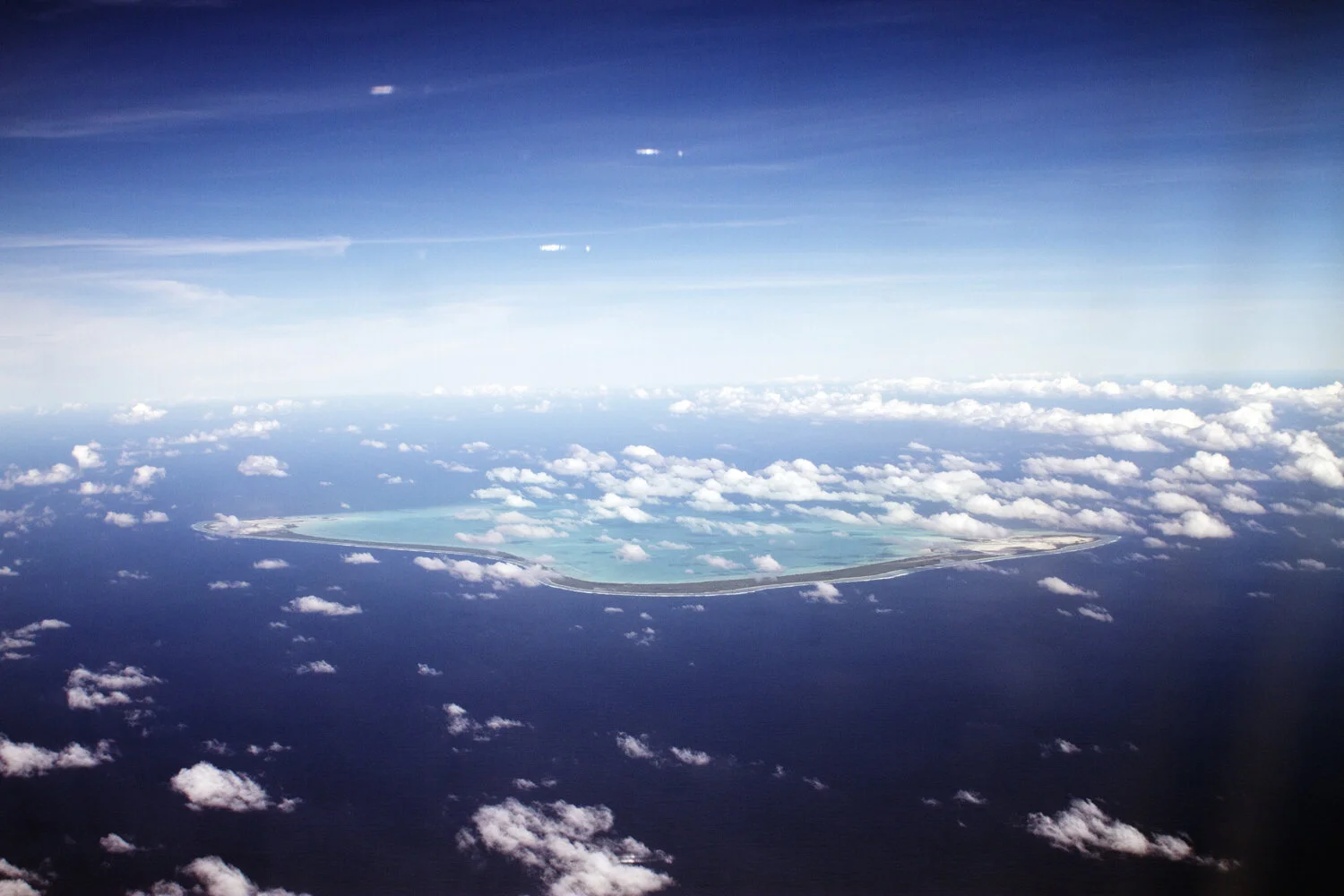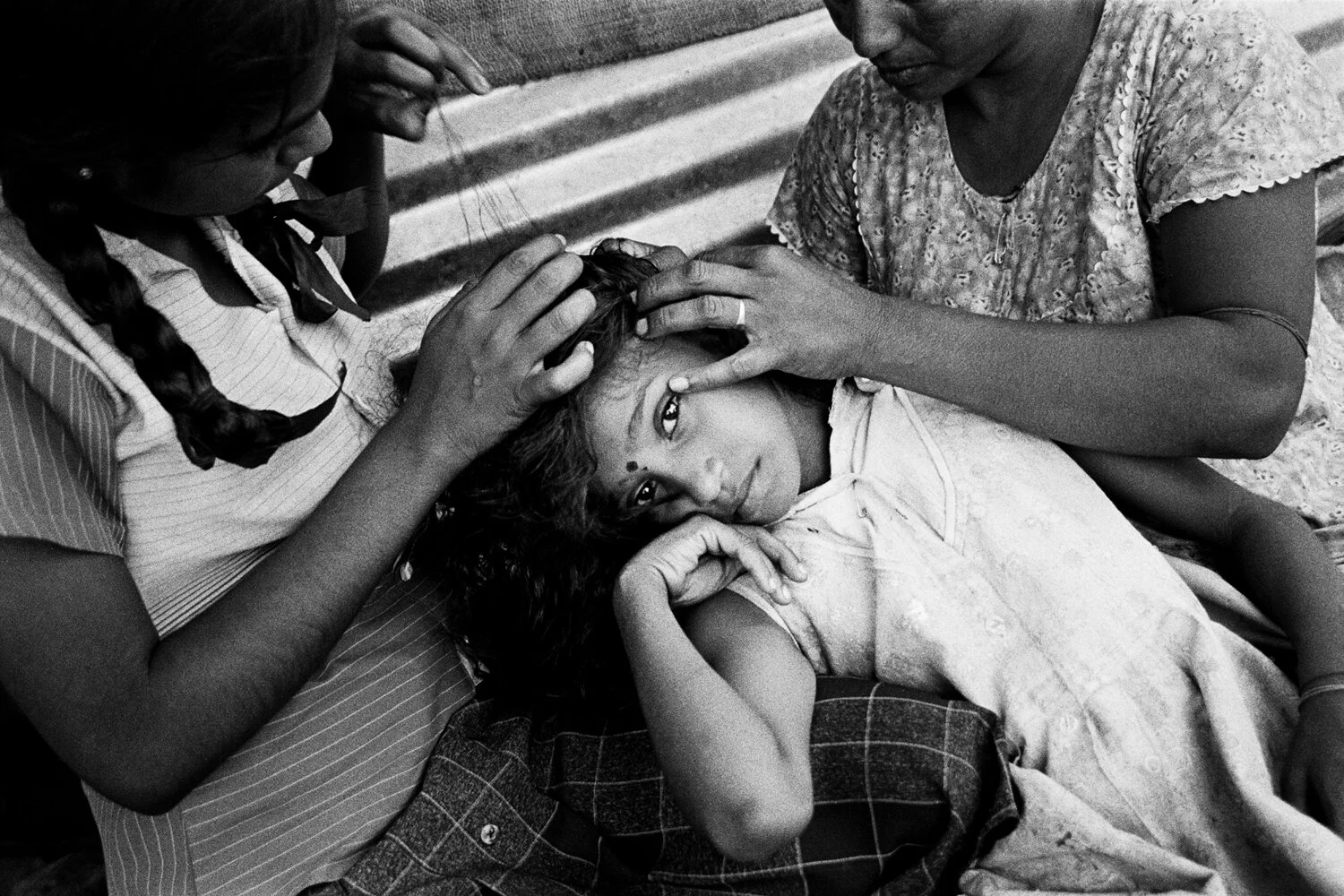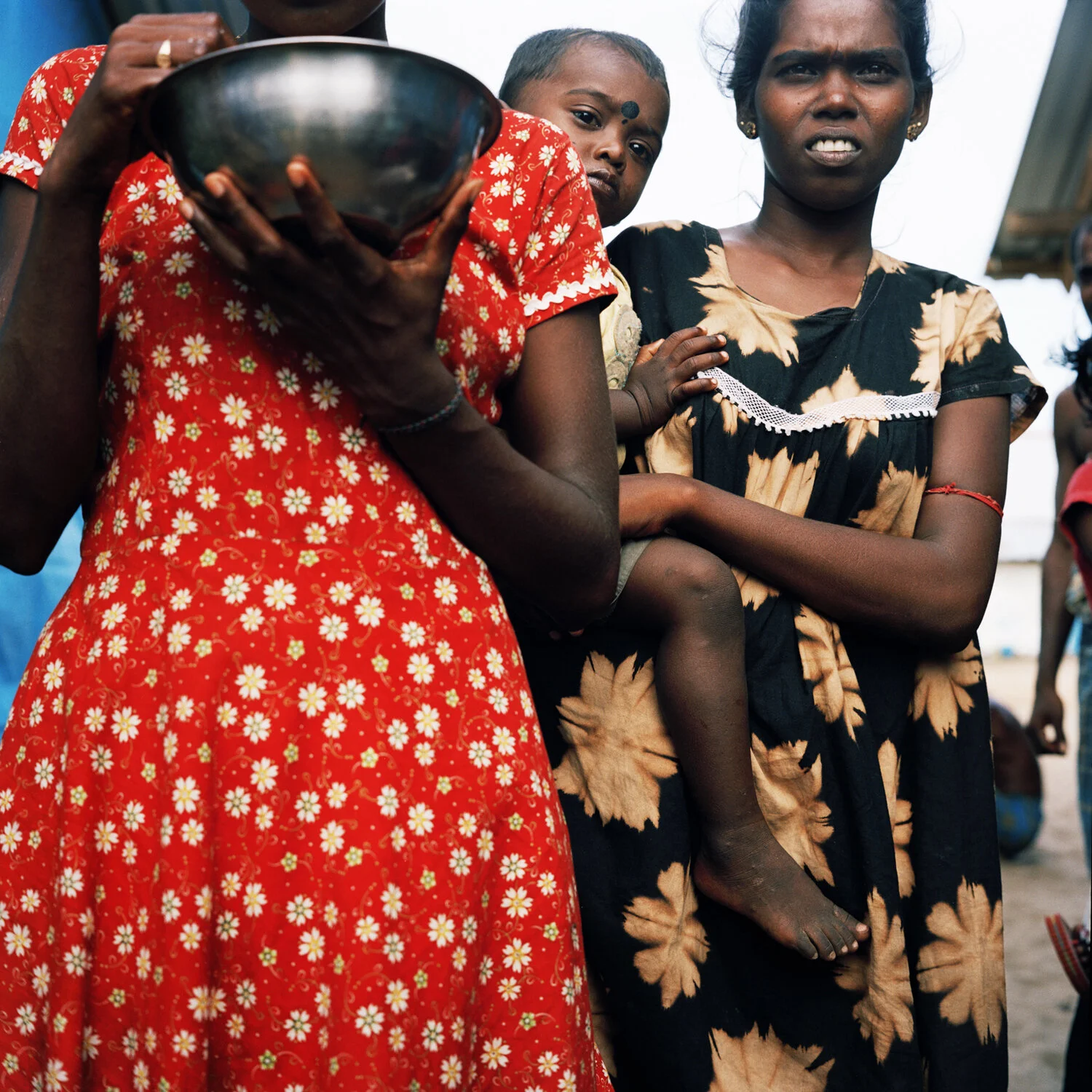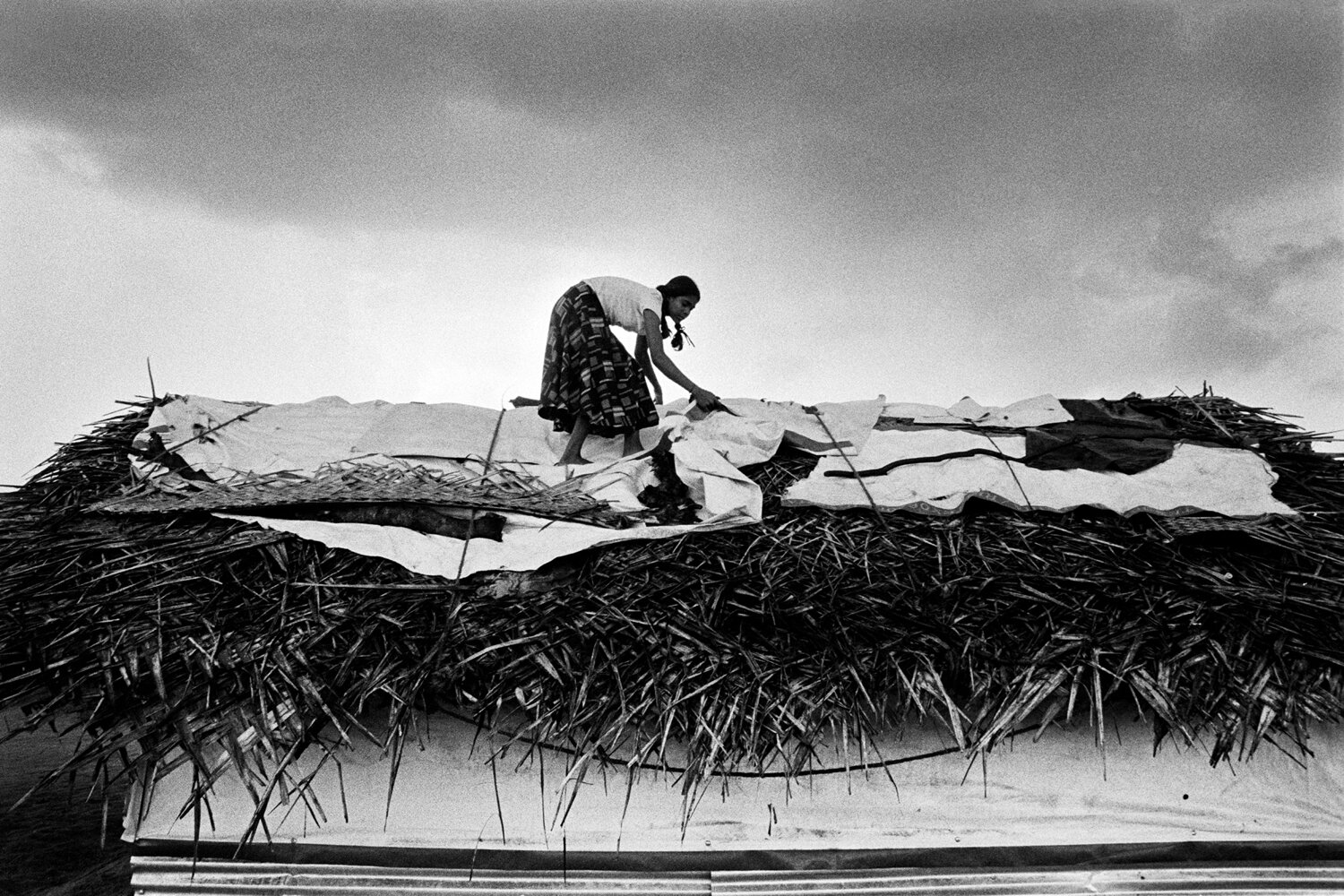
The number of people forced to flee their homes across the world has exceeded 79 million for the first time since the Second World War, stretching international aid services to breaking point. Triggering factors and events, including climate change, natural disasters, wars, food insecurity, and water scarcity – crises that often interact to exacerbate one another.
For over a decade my photographic work has focused on migration and displacement in different parts of the world, and these images are a part of an ongoing project about refugees and the experience of being uprooted.
NIGERIA - Attah Modu, an IDP living in a camp in border town of Ngala, Nigeria. She has been living in the camp for over a year after Boko Haram attacked her village. “When we were in our village, there was no security. There was no peace of mind. One day your neighbour would be killed; another day, your friend.”
LEBANON - Fleeing violence in Syria, Tasneem and her family settled in an informal camp in the Bekaa Valley in Lebanon. As refugees living in Lebanon, she and her friends dreamed of going back to school. Tasneem is one out of about 400,000 Syrian refugee children living in Lebanon. Despite the increase in places for Syrian refugees in schools last year, at least 200,000 Syrian refugee children will remain out of school, pending more opportunities in Lebanese public schools including vocational schools.
USA - Syrian Refugees being resettled in New Jersey. Nabiha Darbi, left, 13, and her sister, Hajar Darbi, 12, in their bedroom in New Jersey. “This is the end of our journey,” their father, Mohamed Darbi, said. “But they have their entire future ahead of them.” They are among only 78 Syrian refugees who were resettled in the New York metropolitan area since October 2014.
For over 10 years the Boko Haram insurgency that has displaced nearly 2.5 million people in the Lake Chad Basin, which stretches across Nigeria, Cameroon, Chad, and Niger. I traveled to all four countries with to create a visual presentation about the region, and the people who are bearing the brunt of this complicated humanitarian and environmental crisis.
Lake Chad is the fourth largest body of water in Africa and has been a source of livelihood for more than 30 million people. Due to security issues and climate change, communities who depend on the lake for their survival are facing an uncertain future.
CAMEROON - Nearly 200,000 people have been displaced in the far northern region of Cameroon due to attacks by Boko Haram on the civilian population. People gather in improvised settlements or host communities because their home villages and farm fields are still vulnerable to Boko Haram attacks. The region also hosts 60,000 registered refugees at Minawao camp and another 27,000 unregistered refugees who have fled violence along the Nigerian border.
“I was the first IDP to register in Goulfey.” Abba Ali Moussa, who fled to Cameroon, after Boko Haram attacked his village.
“Anyone caught escaping would be immediately killed.”
Aissata Oumaté’s voice is soft. She spent two years in a house in a village in Nigeria that was deserted after being attacked by Boko Haram, brought there crying and against her will by her husband. He would disappear for months at a time, leaving her to forage for food and hide in the bush when battles came too close.

The Boko Haram attackers who invaded Gouzda village two years ago ordered everyone to convert to their interpretation of Islam, or die. Matakon Makola escaped into the bush, but his eldest son, age 23, was caught. When he refused to join Boko Haram, a fighter slit his throat.
KIRIBATI- Island nations in the South Pacific stand at the front lines of the climate crisis. Residents are vulnerable to increasingly extreme weather patterns, including typhoons, heavy flooding, and severe drought. Once isolated societies grappling with globalization, they are now trying to figure out how to adapt to new issues related to climate change. Daily life and local traditions are transforming across the region.
Climate experts predict upwards of a one-meter rise in average global sea levels over the next century. Though this may sound modest, the shift is quite alarming to low-lying Island Developing States like Kiribati, where the elevation is no more than two meters above sea level and the main source of water comes from underground aquifers. With the projected sea level rise, Kiribati could be uninhabitable in 50 to 60 years. The question of relocation for about 92,000 of the small nations citizens remains unsolved.

SRI LANKA - The divisions between the Sinhalese majority and Tamil minority in Sri Lanka has led to a civil war that has claimed 60,000 deaths and produced some 80,000 internally displaced people (IDP). The term IDP has created an identity for many civilians in Sri Lanka and has become a way of life. IDP is used for the individuals or groups of people who have been forced to flee their homes to escape armed conflict or a natural disaster, and Sri Lanka has experienced both.
The 2004 tsunami displaced about a half a million people, though, the numbers have since decreased due to the rebuilding efforts. In 2006 the Sri Lankan government started military operations to capture the Tamil Tiger stronghold of Vakarai, in the east. This provoked another major influx of refugees.
Women waiting to get food coupons from the World for Food Program, Batticaloa, Sri Lanka, 2007.











